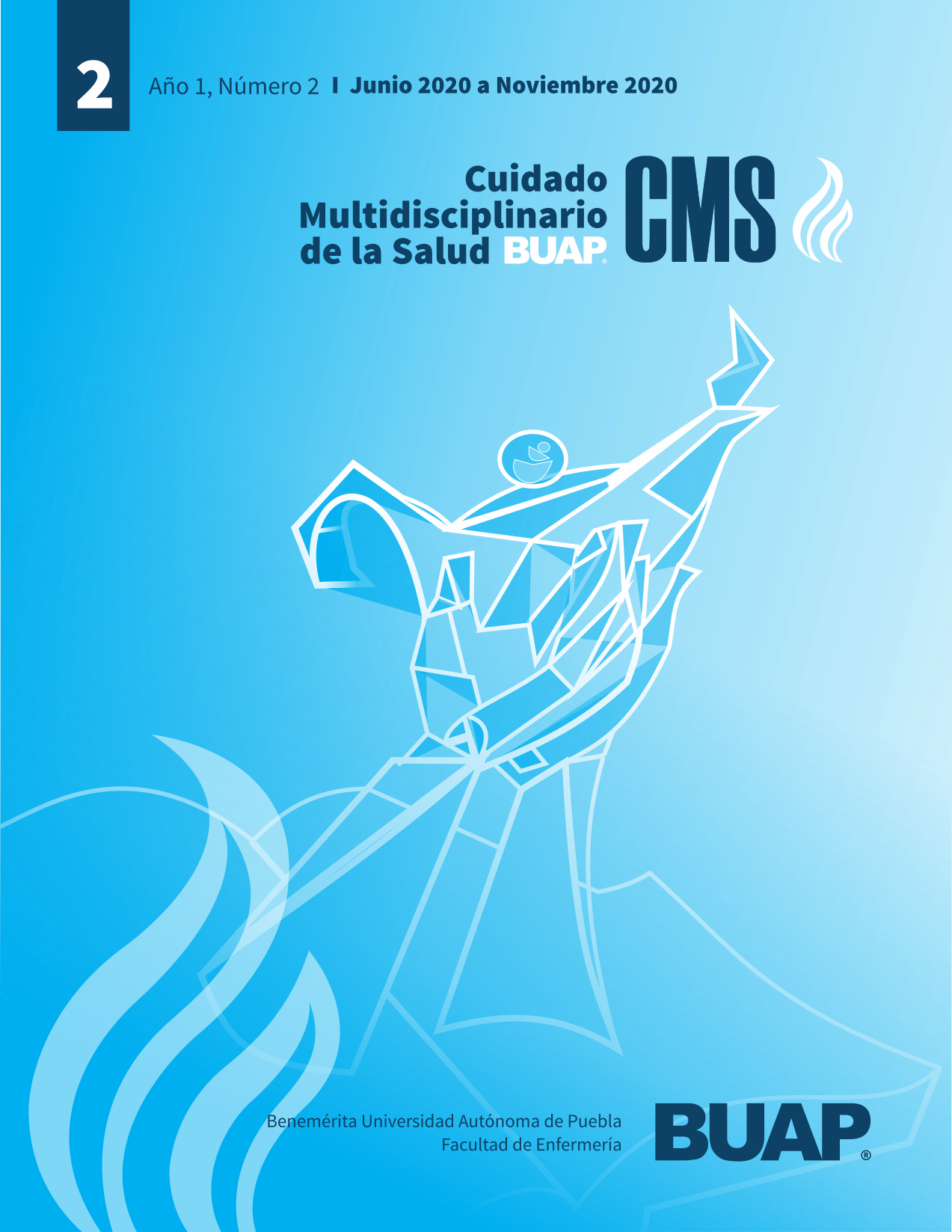HCV Serosorting in the use of injectable drugs: scoping review
Keywords:
Hepatitis C, drugs users, Reducing Risk Behavior, (DeCS)Abstract
Introduction. Users of injectable drugs have a high risk of acquiring the hepatitis C virus, so they use strategies of risk reduction as serosorting. A scoping review was developed to identify the elements related to serosorting for the virus of hepatitis C in people who use injectable drugs.
Material and Methods. Articles from PubMed, PsyINFO, and Web of Sciences with serosort, serosorting, and HCV were retrieved, with hepatitis in the title or abstract written in English or Spanish, in people who use injectable drugs. Restrictions of year and design were not applied, and grey literature was excluded.
Results. 34 references were taken and four were excluded from the knowledge summary. Elements identified for the serosorting process were: self-knowledge of the serostatus and its revelation, race, ethnic group, age, level of incomes, education level, street situation, job, age of the first injection, gender, and geographic area (rural, urban).
Conclusions. Serosorting of hepatitis C virus in users of injectable drugs is an individual and interpersonal process that includes decision making about the syringes sharing, that needs that people who have this practice know their serostatus. Besides, this is built by socio-structural forces as the availability of detection services, treatment, and care of the hepatitis C virus.
References
Burt, R. D., Thiede, H., & Hagan, H. (2009). Serosorting for hepatitis C status in the sharing of injection equipment among Seattle area injection drug users. Drug and Alcohol Dependence, 105(3), 215–220. Doi: https://psycnet.apa.org/doi/10.1016/j.drugalcdep.2009.07.005
Center for Disease Control and Prevention. (s/f). Hepatitis C Questions and Answers for Health Professionals. Recuperado el 18 de mayo de 2019, de: https://www.cdc.gov/hepatitis/hcv/hcvfaq.htm#section1
Degenhardt, L., Peacock, A., Colledge, S., Leung, J., Grebely, J., Vickerman, P., … Larney, S. (2017). Global prevalence of injecting drug use and sociodemographic characteristics and prevalence of HIV, HBV, and HCV in people who inject drugs: a multistage systematic review. The Lancet Global Health, 5(12), e1192–e1207. Doi: https://doi.org/10.1016/S2214-109X(17)30375-3
Duncan, I., Curtis, R., Reyes, J. C., Abadie, R., Khan, B., & Dombrowski, K. (2017). Hepatitis C serosorting among people who inject drugs in rural Puerto Rico. Preventive Medicine Reports, 6, 38–43. Doi: https://doi.org/10.1016/j.pmedr.2017.02.001
Duncan, I., Habecker, P., Hautala, D., Khan, B., & Dombrowski, K. (2018). Injection-related hepatitis C serosorting behaviors among people who inject drugs: An urban/rural comparison. Journal of Ethnicity in Substance Abuse, 1–16. Doi: https://doi.org/10.1080/15332640.2018.1425950
Eaton, L. A., Kalichman, S. C., Cain, D. N., Cherry, C., Stearns, H. L., Amaral, C. M., … Pope, H. L. (2007). Serosorting sexual partners and risk for HIV among men who have sex with men. Seroclasificación del VHC en el uso de drogas inyectables: Revisión de alcance. American Journal of Preventive Medicine, 33(6), 479–485. Doi: https://doi.org/10.1016/j.amepre.2007.08.004
Elsevier. (s/f). Mendeley. Version 1.13.8. Hotton, A. L., Gratzer, B., & Mehta, S. D. (2012). Association between serosorting and bacterial sexually transmitted infection among HIV-negative men who have sex with men at an urban Lesbian, gay, bisexual, and transgender health center. Sexually Transmitted Diseases, 39(12), 959–964. Doi: 10.1097/OLQ.0b013e31826e870d
Kerr, T., Mitra, S., Kennedy, M. C., & McNeil, R. (2017). Supervised injection facilities in Canada: past, present, and future. Harm Reduction Journal, 14(1), 28. Doi: https://doi.org/10.1186/s12954- 017-0154-1
Kim, A. Y., & Page, K. (2013). Hepatitis C virus serosorting in people who inject drugs: sorting out the details. The Journal of Infectious Diseases, 208(12), 1929–1931. Doi: https://doi.org/10.1093/ infdis/jit526
Osmond, D. H., Pollack, L. M., Paul, J. P., & Catania, J. A. (2007). Changes in prevalence of HIV infection and sexual risk behavior in men who have sex with men in San Francisco: 1997–2002. American Journal of Public Health, 97(9), 1677–1683. Doi: https://doi.org/10.2105/AJPH.2005.062851
Peters, M. D. J., Godfrey, C. M., Khalil, H., McInerney, P., Parker, D., & Soares, C. B. (2015). Guidance for conducting systematic scoping reviews. International Journal of Evidence-Based Healthcare, 13(3), 141–146. Doi: 10.1097/XEB.0000000000000050
Purcell, D. W., Higa, D., Mizuno, Y., & Lyles, C. (2017). Quantifying the harms and benefits from serosorting among HIV-negative gay and bisexual men: A systematic review and meta-analysis. AIDS and Behavior, 21(10), 2835–2843. Doi: https://doi.org/10.1007/s10461-017-1800-z
Smith, B. D., Jewett, A., Burt, R. D., Zibbell, J. E., Yartel, A. K., & DiNenno, E. (2013). “To share or not to share?” Serosorting by hepatitis C status in the sharing of drug injection equipment among NHBS-IDU2 participants. The Journal of Infectious Diseases, 208(12), 1934–1942. Doi: https:// doi.org/10.1093/infdis/jit520
Surkan, P. J., Li, Y., Jacobson, L. P., Cox, C., Silvestre, A., Gorbach, P., … Plankey, M. (2017). Unsafe sexual behavior among gay/bisexual men in the era of combination antiretroviral therapy (cART). AIDS and Behavior, 21(10), 2874–2885. Doi: https://doi.org/10.1007/s10461-016-1614-4
The Joint United Nations Programme on HIV and AIDS (UNAIDS). (2018). Key population groups, including gay men and other men who have sex with men, sex workers, transgender people and people who inject drugs. Recuperado el 25 de octubre de 2018, de: http://www.unaids. org/en/topic/key-populations
Wilson, D. P., Regan, D. G., Heymer, K. J., Jin, F., Prestage, G. P., & Grulich, A. E. (2010). Serosorting may increase the risk of HIV acquisition among men who have sex with men. Sexually Transmitted Diseases, 37(1), 13–17. doi: 10.1097/OLQ.0b013e3181b35549
World Health Organization. (2016). People who inject drugs. Recuperado el 18 de mayo de 2019, de https://www.who.int/hiv/topics/idu/about/en/
Downloads
Published
How to Cite
Issue
Section
License
The moral rights belong to the author, the economic rights belong to the Benemérita Universidad Autónoma de Puebla.






